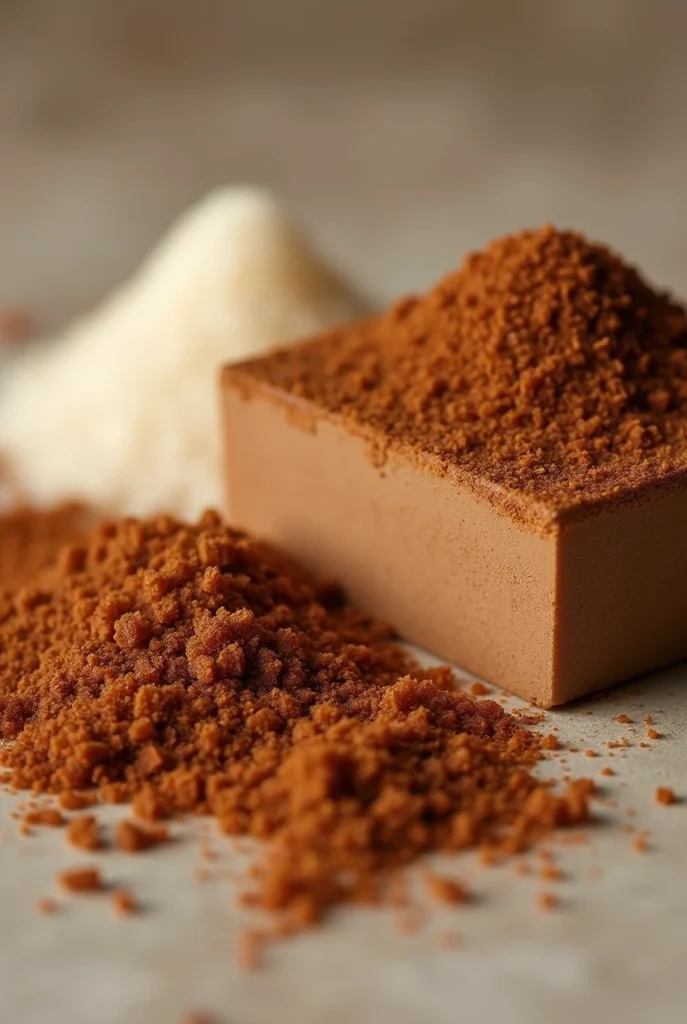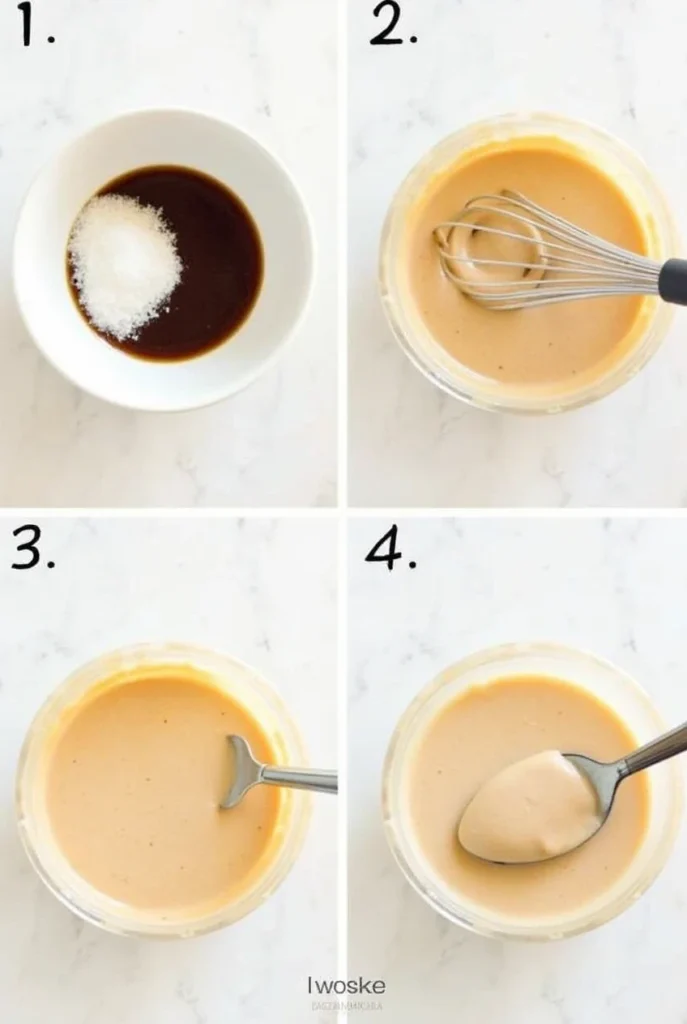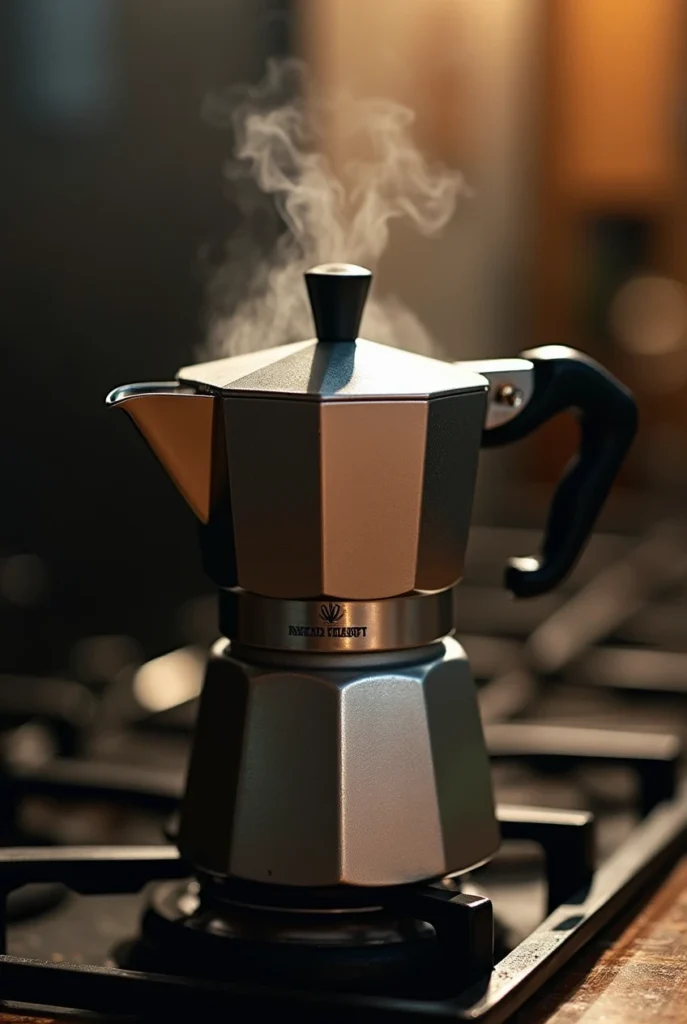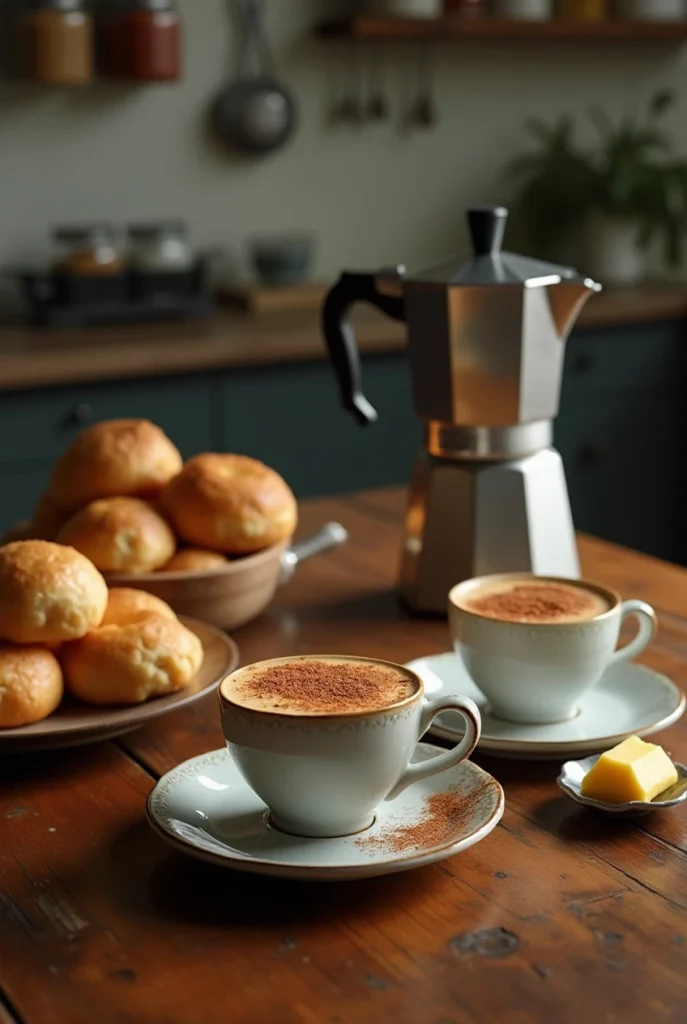7 Secrets to Perfect Cuban Coffee 🤫☕ Try This!
Table of contents
Table of Contents
Why Cuban Coffee is More Than Just a Brew
There’s something magical about the way Cuban coffee smells as it brews. It’s not just the aroma of roasted beans—it’s the promise of tradition, warmth, and connection. Imagine yourself sitting at your kitchen table, holding a small demitasse cup filled with dark, rich liquid topped with a creamy espumita. That moment when you take your first sip? Pure bliss. But achieving that perfect cup isn’t always easy. Let me guide you through seven secrets that will help you master the art of making Cuban coffee right in your own home. Whether you’re new to this style of brewing or looking to refine your skills, these tips are designed to elevate your experience.
Section 1: The Foundation – Your Ingredients Matter
Secret #1 – Start With High-Quality Ingredients

The foundation of any great dish—or drink—is its ingredients. When it comes to Cuban coffee, quality matters more than ever. Here’s what you need:
- Dark Roast Coffee Beans: Look for Arabica beans labeled as “espresso roast” or “dark roast.” These beans provide the bold flavor profile that defines Cuban coffee. Avoid blends marketed for drip machines; they won’t deliver the intensity you’re after.
- Freshly Ground Coffee: Pre-ground coffee loses its freshness rapidly. Invest in a good burr grinder if you haven’t already. Freshly ground beans ensure maximum flavor extraction.
- Sugar Options: Traditional Cuban coffee uses demerara sugar or panela for sweetness. Both add depth and complexity to the final product. If those aren’t available, white granulated sugar works too, but try experimenting with alternatives for an authentic touch.
| Ingredient | Quantity | Notes |
|---|---|---|
| Dark Roast Coffee Beans | 1 tablespoon per serving | Freshly ground for best results |
| Demerara Sugar | 1 teaspoon per serving | Adds depth to the espumita |
| Water | 3 ounces per serving | Use filtered water for optimal taste |
Pro Tip: Always measure your ingredients carefully. Precision is key to replicating café-quality flavors.

Section 2: Mastering the Espumita Technique
Secret #2 – Master the Espumita Technique
If there’s one thing that sets Cuban coffee apart from other styles, it’s the espumita—the frothy, caramel-colored foam that crowns each cup. Creating this signature element requires patience and practice, but once you get the hang of it, it’ll become second nature.
Here’s how you do it:
- Combine Espresso and Sugar: After brewing your espresso shot, pour it into a small bowl. Add one teaspoon of sugar for every serving. Stir until the mixture becomes smooth.
- Whisk vigorously: Using either a traditional whisk or an electric milk frother, beat the mixture until it thickens and turns light brown. This process creates the espumita.
- Add to Brewed Coffee: Once your espumita reaches the desired consistency, spoon it generously over your freshly brewed coffee.
“The espumita is like the crown jewel of Cuban coffee—it takes practice but is worth every effort!” – A renowned Cuban chef.

Section 3: Brewing at the Right Temperature
Secret #3 – Brew at the Right Temperature
Temperature plays a crucial role in extracting the full potential of your coffee beans. Overheated water can lead to bitterness, while underheated water may result in weak, watery coffee. Aim for water temperatures between 195°F and 205°F.
- Preheat Your Equipment: Before starting, rinse your cafeteria or moka pot with hot water to ensure consistent brewing conditions.
- Controlled Pour Method: Avoid pouring boiling water directly onto the grounds. Instead, use a slow, steady stream to extract flavors evenly.
- Bold Tip: Always preheat your mug to maintain the ideal drinking temperature. Cold mugs can cool down your coffee too quickly, ruining the experience.
Section 4: Serving It Right
Secret #4 – Serve It Right
Presentation matters—even with something as simple as coffee. To truly enjoy Cuban coffee, consider these serving suggestions:
- Demitasse Cups: These small ceramic cups are specifically designed for espresso-based drinks. They keep your coffee warm longer and enhance the overall sensory experience.
- Pairings: Elevate your breakfast routine by pairing your coffee with pastelitos, croquetas, or fresh Cuban bread. The combination of sweet and savory flavors complements the richness of the coffee perfectly.
- Garnish Ideas: Sprinkle a pinch of cinnamon on top for added aroma and visual appeal. Alternatively, drizzle a bit of honey for extra sweetness.
- Bullet Points:
- Opt for ceramic mugs instead of glass for better insulation.
- Garnish with a sprinkle of cinnamon for extra flair.

Section 5: Experiment with Ratios
Secret #5 – Experiment with Ratios
Finding the perfect balance of coffee-to-water ratio is essential for crafting a satisfying cup. Start with a basic guideline of 1:2 (one part coffee to two parts water), then adjust based on your preferences.
- Track Your Results: Keep a journal where you note down the ratios used, brewing times, and personal observations. Over time, you’ll discover which combinations work best for you.
- Italicized Insight: Remember, finding the perfect ratio is part science, part art.
Section 6: Timing Is Everything
Secret #6 – Timing Is Everything
Precision extends beyond ingredient measurements—it also applies to brewing duration. For Cuban coffee, aim for a brew time of 2–3 minutes. Any longer, and you risk over-extraction, which leads to bitter notes.
| Step | Time | Action |
|---|---|---|
| Heat Water | 2 min | Bring water to a boil |
| Brew Coffee | 2–3 min | Extract coffee using a Moka pot |
Section 7: Store Your Beans Properly
Secret #7 – Store Your Beans Properly
Even the finest coffee beans lose their luster if improperly stored. Follow these guidelines to preserve freshness:
- Airtight Containers: Transfer your beans to an opaque, airtight container immediately after opening the bag. Exposure to air accelerates oxidation.
- Avoid Refrigeration: Never store coffee in the fridge. Moisture buildup inside the container ruins the beans’ natural oils.
- Cool, Dry Place: Find a spot away from direct sunlight and heat sources. A pantry shelf or cupboard works well.

Step-by-Step Recipe
How to Make Authentic Cuban Coffee at Home
Now that we’ve covered the essentials, let’s put everything together in a step-by-step recipe:
Ingredients
- 1 tablespoon dark roast coffee beans (freshly ground)
- 3 ounces water
- 1 teaspoon demerara sugar
Steps
- Grind Your Beans: Use a burr grinder set to fine consistency. Measure out one tablespoon of freshly ground coffee.
- Prepare Your Cafetera: Fill the bottom chamber of your Moka pot with water, ensuring it doesn’t exceed the safety valve. Add the ground coffee to the filter basket and screw the top back on tightly.
- Brew the Coffee: Place the cafetera on medium heat. Monitor the brewing process closely, removing it from the stove once the coffee starts flowing steadily.
- Make the Espumita: In a small bowl, combine one ounce of brewed espresso with one teaspoon of sugar. Whisk vigorously until the mixture doubles in volume and turns light brown.
- Assemble Your Cup: Pour the remaining brewed coffee into your preheated demitasse cup. Spoon the espumita generously on top.
- Serve and Enjoy: Sip slowly, savoring every drop of this rich, flavorful creation.

Tips for Success
Additional Tips to Enhance Your Experience
- Invest in Quality Tools: A reliable Moka pot and burr grinder make all the difference. While not mandatory, they simplify the process and improve outcomes significantly.
- Experiment with Flavors: Once you’ve mastered the basics, feel free to experiment with flavored syrups or spices like nutmeg or vanilla.
- Stay Consistent: Practice makes perfect. Stick to your preferred methods and ratios until they become second nature.
FAQ Section
Frequently Asked Questions About Cuban Coffee
- What makes Cuban coffee different from regular coffee?
Cuban coffee stands out due to its strong, sweet flavor profile achieved through the unique espumita technique and the use of dark-roasted beans. - Can I make Cuban coffee without a Moka pot?
Yes, though it might require some adjustments. French presses or espresso machines can produce similar results with careful calibration. - How much caffeine does Cuban coffee contain compared to other coffees?
Due to its concentrated nature, Cuban coffee typically has slightly higher caffeine levels than standard drip coffee. - Where can I buy authentic Cuban coffee beans?
Specialty roasters online or in local Latin markets often carry brands like Café Bustelo or Pilon. Check reviews before purchasing.

Conclusion
Elevate Your Morning Routine with These Cuban Coffee Secrets
Making Cuban coffee at home doesn’t have to be intimidating. By focusing on high-quality ingredients, mastering techniques like the espumita, and paying attention to details such as timing and storage, you can create a cup of joy that rivals even the finest cafés. So go ahead—grab your cafetera, gather your supplies, and let’s toast to mornings filled with warmth and flavor. ¡Salud!
Call to Action
Ready to dive deeper into the world of Cuban coffee? Share your experiences in the comments below or tag us on social media with photos of your creations. We’d love to see how you incorporate these secrets into your daily routine. And don’t forget to subscribe for more recipes and tips delivered straight to your inbox!
Git more recipes you might like
- Good Morning Coffee.
- Cookie Cereal Recipe.
- Perfect Star Bread.
- Aphrodisiac Chocolates.
- French Press Coffee Ratio.
- Venetian Ice Cream Flavors.
Did You Try Our Recipe?
There are no reviews yet. Be the first one to write one.
